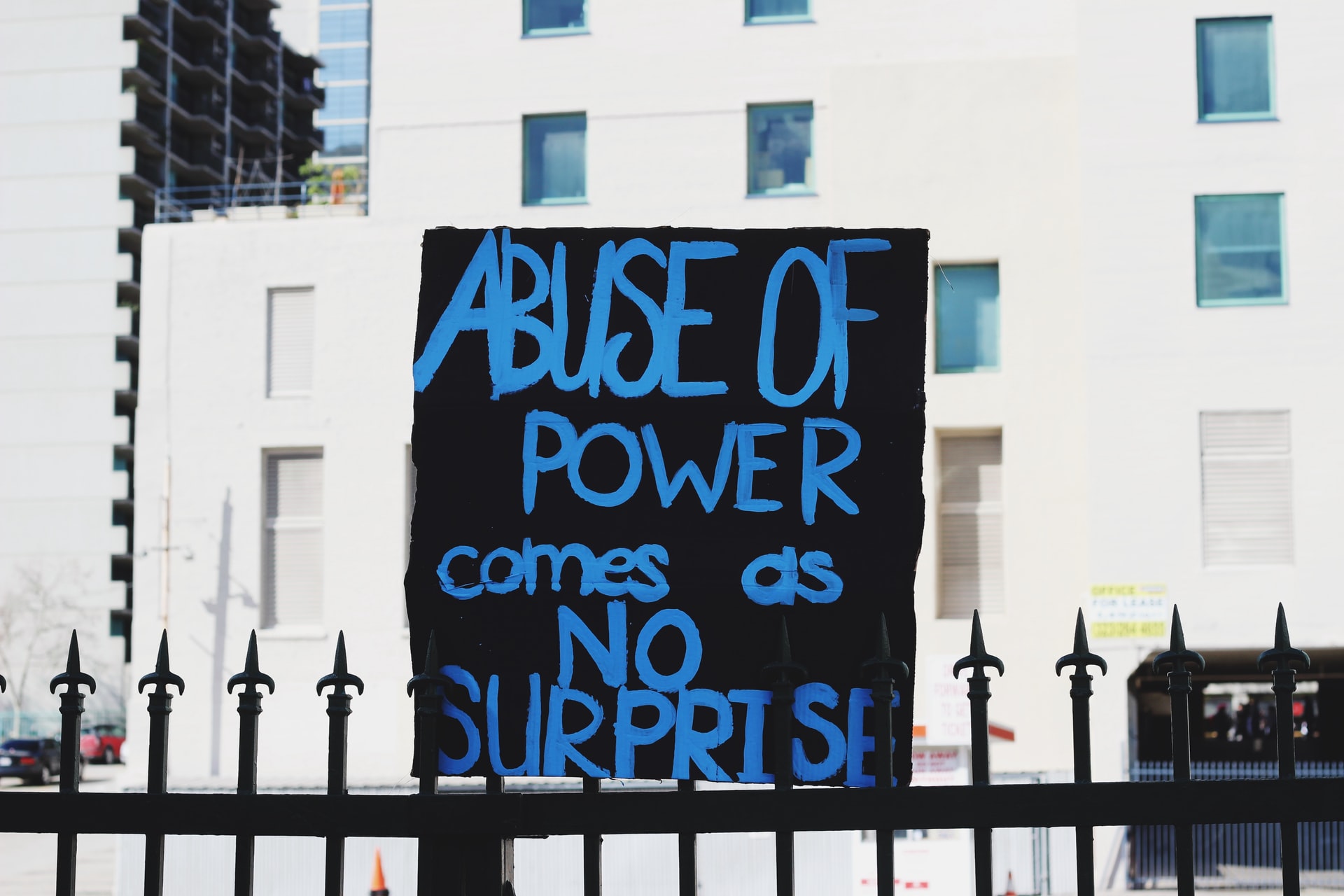
There are many roles a leader must play when put in charge of a team. Leaders must be a teacher and protector for their teams. What leaders are not supposed to be is abusive. Yet there are many leaders today who are very abusive to their subordinates. Some are purposely abusive while others are unaware that they are an abusive leader. Ask yourself, are you an abusive leader?
When we talk about abuse, we tend to immediately think of physical abuse. Hitting someone or throwing objects at them to cause physical pain is the common thought of abuse. But there are also other forms of abuse such as verbal and emotional abuse. These forms of abuse are much more dangerous because they can’t be easily seen by the naked eye. When there’s physical abuse, you can actually see the effects right away. You can also easily see it after the act of abuse, since there will be bruising and physical marks left behind. With verbal and emotional abuse, it takes time and paying attention to spot these types of abuse.
While many abusive leaders are fully aware and intentionally use their authority to abuse their subordinates, some do so unknowingly. Are you an abusive leader? If you don’t know, here are some items you should consider to figure it out.
- Verbally– Yelling at a subordinate is a way to verbally abuse them. I understand that being a leader, we’re performing with a high amount of stress. When bad things happen, it’s easier for us to go over the edge and lose ourselves. We yell without meaning to do so. Besides yelling, there other forms of verbal abuse. Consistently putting someone down and being over critical is abuse. We want to give constructive feedbacks to our subordinates to help them improve. We don’t want to put them down and cause them to lose confidence. You can read more about how to give constructive criticism in my article How Leaders Should Give Criticism here.
- Publicly– It’s good to make positive examples and give credit to your subordinate. But don’t publicly air out issues with a subordinate. This causes them to feel shame and drastically diminish their confidence. This is abuse whether you recognize it or not.
- Intimidation– Many employees are naturally and instinctively fearful of their superior. In most cases for no reason at all. This occurs more in some cultures over others. As leaders, we should be working to break down this fear and allow our teams to be comfortable when working with us. However, there are those who lean into this and use this fear to intimidate their subordinates. Making a subordinate constantly fearful to get what you want out of them is not a good way to lead. You want to motivate, not intimidate.
- Credit hoarding– One of the main responsibility of a leader is to give credit to their team when something good happens. In reverse, when something bad goes wrong, the leader must take responsibility for it. If you’re not giving credit to your team and taking it all for yourself, reconsider that. If you’re deflecting blame to your subordinates, there’s a high probability that you may be abusive.
- Making a subordinate a negative example– In a group environment you can bring someone up and say that they did a good job, how and why. The opposite should never be done. You should never bring someone up in front of a group and publicly shame them for something bad. Even in a hypothetical situation, don’t do it. If you want to address some mistakes with a subordinate, do it privately.
Abuse comes in many forms. Physical abuse are the most common type of abuse that people think of. But psychological abuse and emotional abuse are just as common in actuality. They’re also the most dangerous because it’s harder to spot, hence, harder to remedy. Being leaders, we must be aware of our actions. What we say and do matters more than what happens on the surface. Review these topics in your own time and space. If you notice that you’ve fallen into some of these issues unknowingly, now is the time to change.
Photo by: Samantha Sophia
https://unsplash.com/@samanthasophia/portfolio


